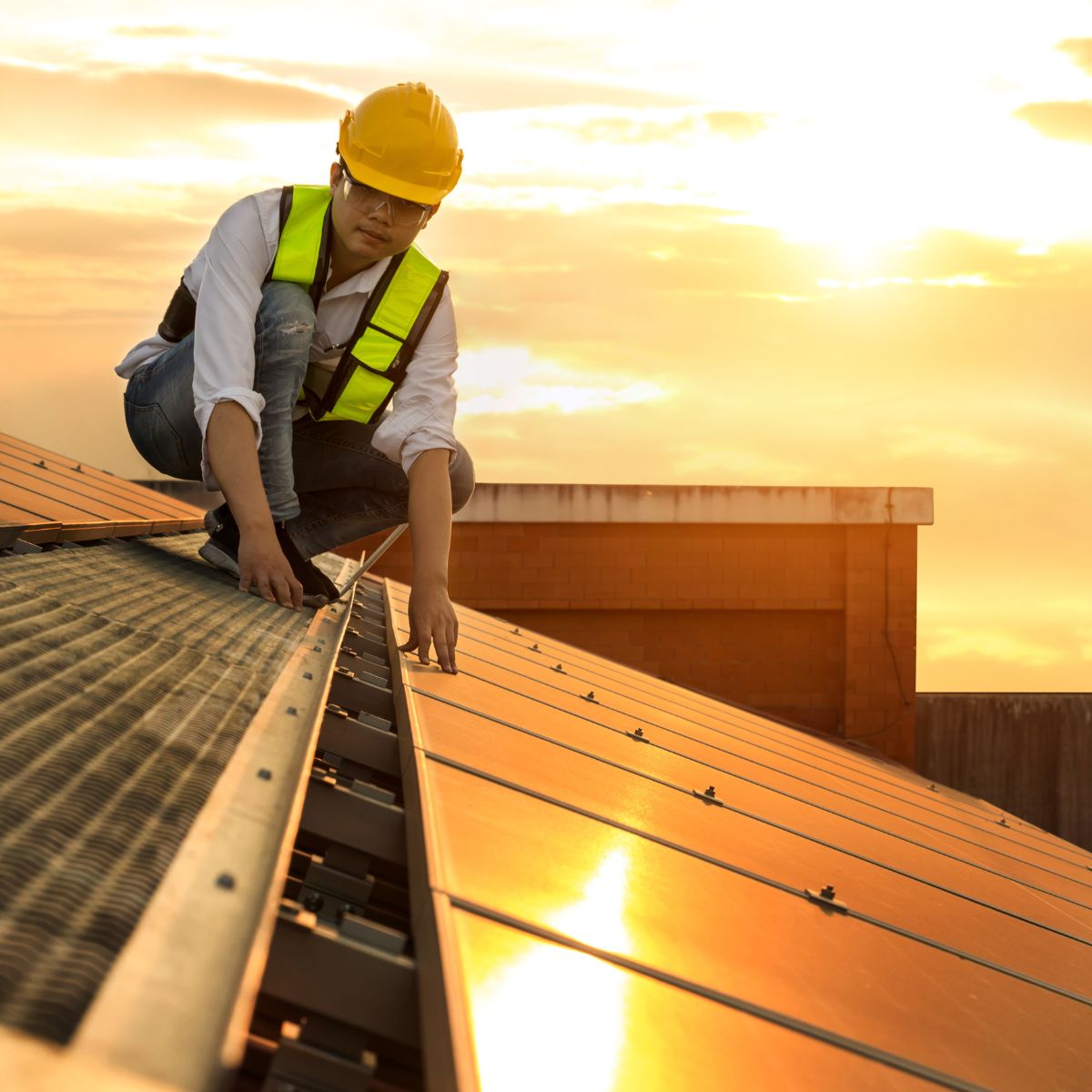If roof leaks are not repaired in a timely manner, they can seriously harm your house and result in costly repairs. However, you can prolong the life of your roof and prevent leaks with routine maintenance and a few easy preventative steps. Here are some vital pointers to help you keep your roof leak-free and in good condition.
1. Inspect Your Roof Regularly
Leak prevention starts with routine roof inspections. Examine your roof for worn patches, cracks, and missing or damaged shingles at least twice a year. Particular care should be paid to areas that are prone to leaks, such as valleys, flashing, and the vicinity of chimneys and skylights. By identifying problems early on, you can avoid expensive repairs.
2. Clean Gutters and Downspouts
Leaks on roofs are frequently caused by clogged gutters and downspouts. Water can back up and leak beneath the roof when leaves, dirt, and other debris clog the gutters. Gutter cleaning should be done at least twice a year, especially in the fall when there are a lot of leaves falling. Water will flow off your roof and not pool if your drainage is in good condition.
3. Trim Overhanging Trees
During storms or strong winds, tree branches that hang over your roof can cause damage to the shingles. Falling branches have the potential to pierce your roof, while twigs and leaves accumulating can obstruct gutters. Trim back any overhanging branches on a regular basis to prevent physical harm to your roof and to lessen debris accumulation.
4. Check and Repair Flashing
The metal flashing that is utilized around vents, chimneys, and roof edges keeps water from penetrating into the structure of the roof. Water may enter through flashing that has deteriorated or come loose over time. To keep a watertight seal, frequently check the flashing and replace or repair it as needed.
5. Replace Damaged Shingles
Your roof may be vulnerable to leaks if there are missing, curled, or cracked shingles. To prevent more damage, repair any damaged shingles right away. Since shingles are readily damaged, it’s also a good idea to inspect them following extreme weather conditions like hail or strong winds.
6. Seal Cracks and Openings
Over time, water seeping in through tiny gaps or fractures near skylights, chimneys, and vents is possible. To seal any cracks and stop water from entering your roof, use caulking or roof sealant. Leaks can be greatly avoided with this easy and inexpensive repair.
7. Ensure Proper Attic Ventilation
Maintaining adequate attic ventilation aids in controlling the humidity and temperature of your roof. Heat and moisture buildup from inadequate ventilation can cause shingles to bend and perhaps leak. Verify that your attic has enough vents to promote adequate ventilation and prevent the accumulation of moisture.
8. Inspect Roof After Storms
It’s important to look for damage to your roof after bad weather. Gutter, flashing, and shingle damage can be caused by strong winds, hail, and rain. If you find any problems, take care of them right once to stop leaks from happening.
Conclusion
Leak prevention on a roof doesn’t have to be difficult or costly. You can prevent water damage to your house, maintain the best possible condition for your roof, and avoid expensive repairs by according to some basic maintenance guidelines. To ensure that your roof remains leak-free for many years to come, routine cleanings, inspections, and small repairs will be very helpful.
Visit: DIY roof leak repair
